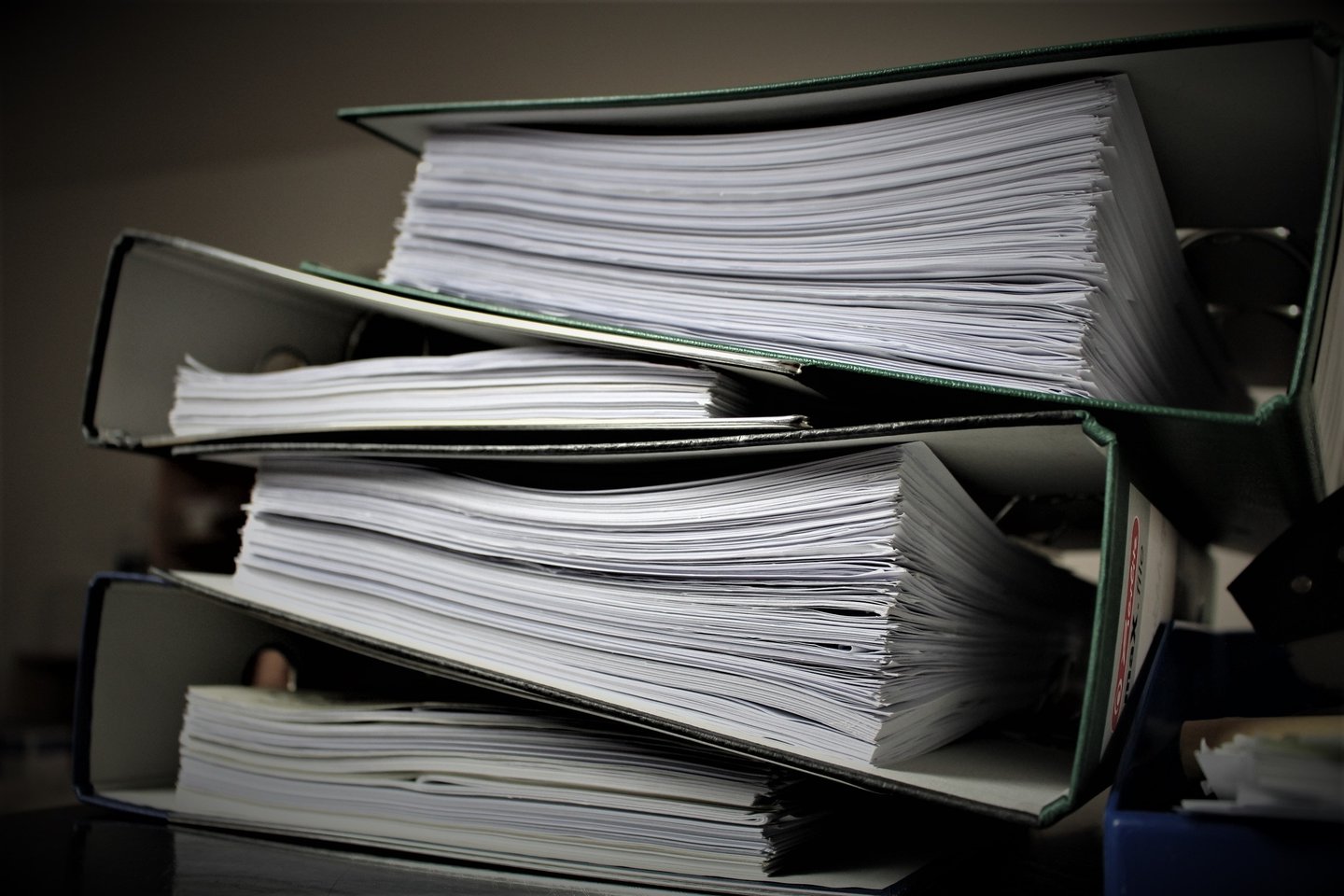Retirement plan record retention rules are found in both the Department of Labor (“DOL”) Regulations and the Employee Retirement Income Security Act of 1974 (ERISA), plus there are statutes of limitation concerns in relation to retirement plan sponsor liability for just about everything administrative in a retirement plan. Very few retirement plan sponsors seem to have a record retention policy to provide guidance on what to retain, what to purge, and when to do it all. It is recommended that retirement plan sponsors keep these documents longer than required. It is also a good idea to establish a written record retention statement, especially if you are relying on electronic records and destroying the original paper records.
Retirement Plan Document Retention Guidelines
Retirement plan documents must be kept throughout the life of the plan as they are needed to determine the calculation of a participant’s benefit. This means all retirement plan documents, amendments, interim amendments, restatements, loan policies, QDRO policies, etc., must be retained, starting with the inception of the retirement plan, even after they have been superseded.
It is essential the documents are appropriately adopted and signed. It is not uncommon for everyone involved in a retirement plan to just file unsigned documents away without ensuring they are fully executed. While unsigned documents are helpful in proving that intended actions took place for the plan, regulatory agencies still consider it a failure to properly file and retain forms when unsigned and dated.
Additionally, the following retirement plan documents should be retained by the Retirement Plan Sponsor, as they will be the first items requested by the IRS for an examination or audit (and the DOL for an investigation):
- Summary Retirement Plan Description
- Modifications to the Summary Retirement Plan Description (also called a “Summary of Material Modifications”)
- Corporate Actions – minutes, agendas, handouts from meetings, etc.
- Service Agreements with service providers
- Fidelity Bonds
- Fee Disclosures required under ERISA § 408(b)(2)
Retirement Plan-Level Documentation Retention
ERISA provides that the following retirement plan documents must be retained for at least six years from the date the Form 5500 filing is due:
- Federal Forms – including Form 5500 and related schedules, Form 8955 SSA, Forms 5330, 1096, 1099R, and Summary Annual Reports, along with audited financial statements.
- Administrative Reports – including the annual census data, contribution calculations, and retirement plan testing.
- All participant notices (safe harbor, auto-enrollment, QDIA, Summary Annual Reports, participant fee disclosure, black-out notices, etc.)
Participant-Level Documentation Retention
The following retirement plan participant documents must be retained indefinitely through the life of the plan and at least seven years after a plan is terminated:
- Date of hire, rehire, and termination
- Participant eligibility date
- Participant compensation
- Participant participation (deferral) election form
- Contribution election forms
- Participant’s designated beneficiary form
- Records of any distribution requested and/or received by the participant
- Rollover requests
- Qualified Domestic Relations Orders
- Retirement plan loan documentation
- Records sufficient to permit benefits due to be determined
Who is Responsible for Keeping Records?
Maintaining the retirement plan’s complete records rests with the plan sponsor, not your third-party administrator. As such, best practices encourage that the retirement plan sponsor should have access to all relevant documents and maintain them on their network with a secure backup copy.
In addition to having documents available if the government agencies review the retirement plan, the plan sponsor must remember that there is always a potential lawsuit in the background. If such a concern should arise, having the legal documents surrounding the retirement plan, as well as the facts about a participant’s employment, compensation, and benefits earned and paid, can make a big difference in the ability to defend the plan sponsor’s position.
If you change third-party retirement plan administrators, be sure you have complete records and reports saved to your network and backups and obtain any records you do not have access to. The outgoing third-party administrator is not responsible for maintaining retirement plan records of prior client files for longer than six years. You may also be charged if you need to request copies of those records down the road. It is far less complicated if you maintain complete records of your retirement plan from the outset and maintain this practice for the life of your plan.
Interested in reviewing your retirement plan documents with a professional, experienced retirement plan team? Connect with Watkins Ross to learn more about our consulting, actuarial, and administrative retirement plan services.



